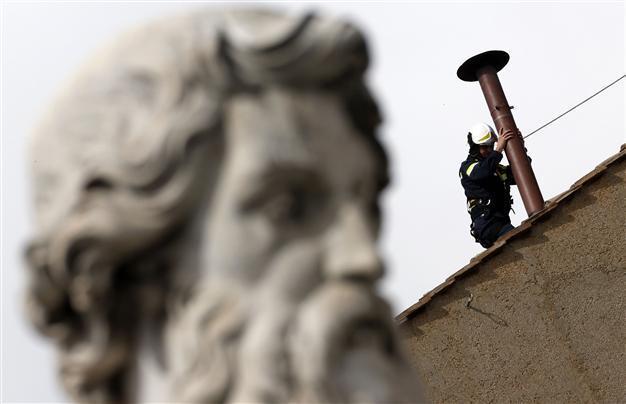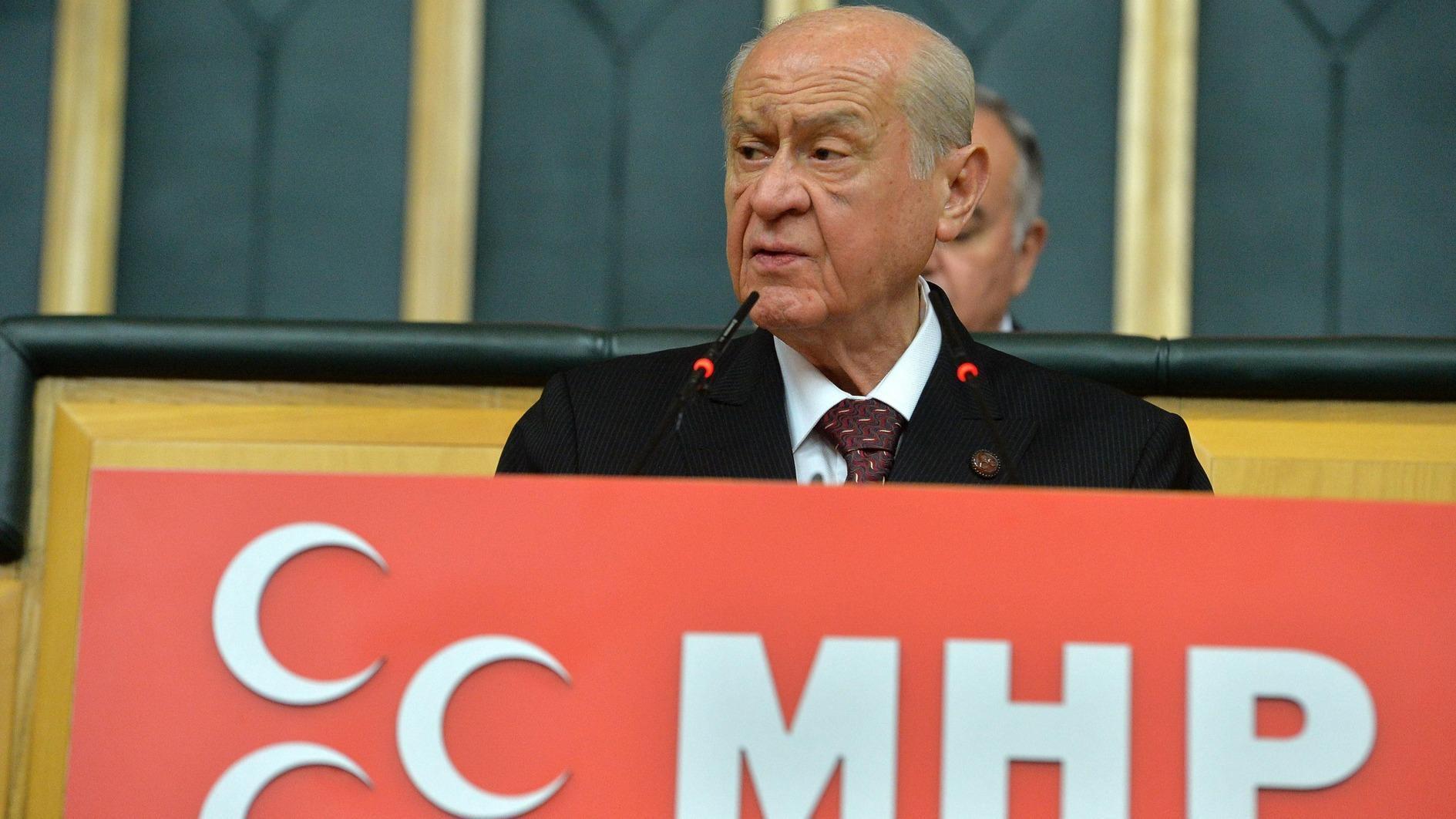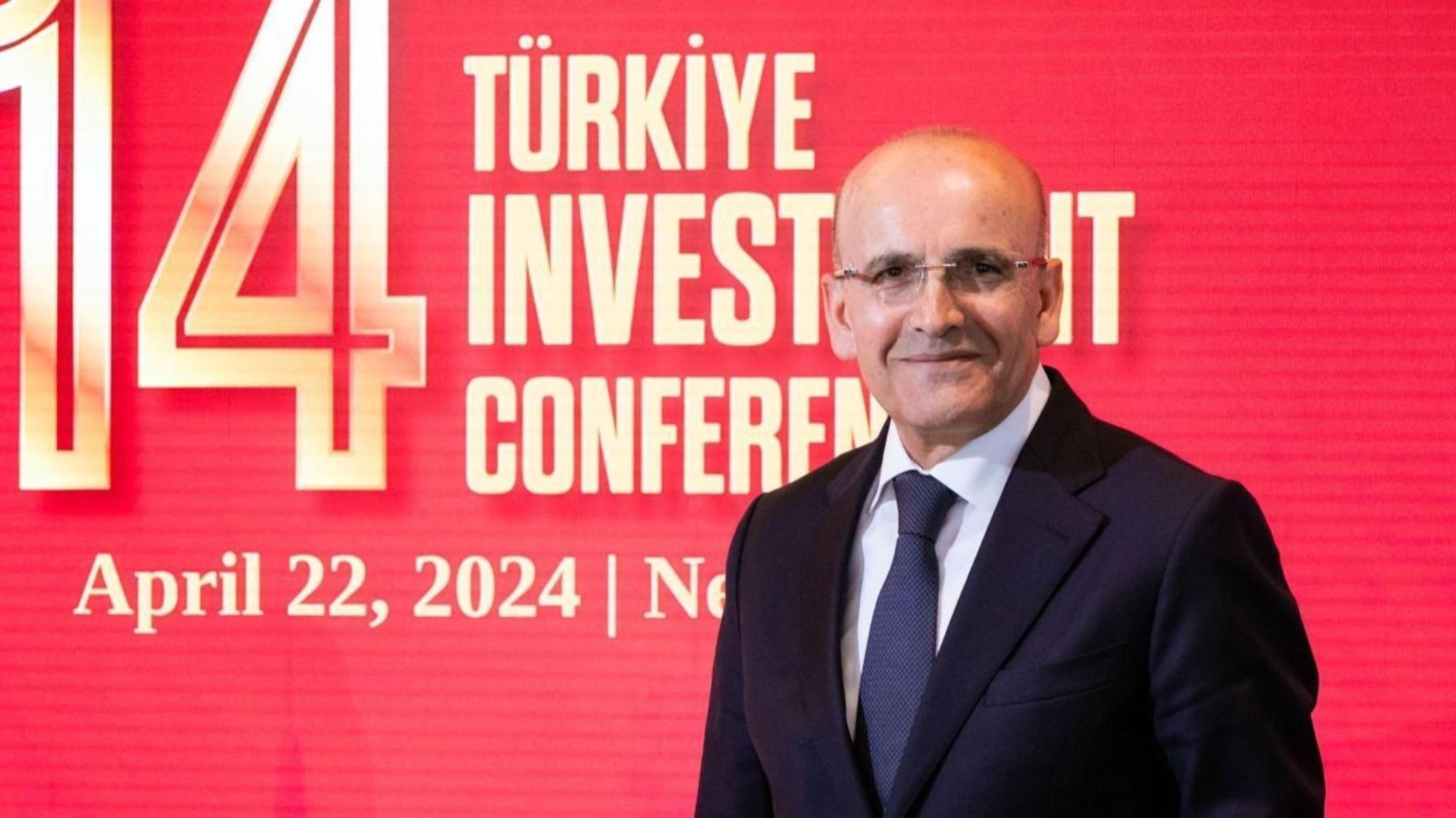Vatican readies for conclave to elect new pope
VATICAN CITY - Agence France-Presse

A member of the fire and rescue service sets a chimney on the roof of the Sistine Chapel at the Vatican March 9, 2013. Vatican workers hoisted a chimney onto the roof of the Sistine Chapel on Saturday in readiness for the conclave of Roman Catholic cardinals that will elect a successor to Pope Benedict. REUTERS photo
The Vatican installed a special chimney on the Sistine Chapel from which white smoke will signal the election of a new leader of the world's 1.2 billion Catholics as cardinals prepare for the centuries-old tradition starting on March 12.The conclave of 115 cardinal electors will be held under Michelangelo's famous frescoes to choose the 266th pope, after the ageing Benedict XVI became the first pope to resign since the Middle Ages saying he wanted to be "a simple pilgrim" again.
French cardinal Andre Vingt-Trois, the Archbishop of Paris, told AFP in an interview that there were around "half a dozen possible candidates." Italian cardinal Angelo Scola, the Archbishop of Milan, is often cited as a favourite, along with Canada's Marc Ouellet and Brazil's Odilo Scherer.
Other names mentioned on the rumour mill in recent days have been Hungary's Peter Erdo, Mexico's Jose Francisco Robles Ortega, Austria's Christoph Schoenborn and Sri Lanka's Albert Malcolm Ranjith.
"The problem with this conclave is that there is no early frontrunner like Joseph Ratzinger in 2005," said John Allen, a Vatican expert at the National Catholic Reporter, a US weekly.
Luis Antonio Tagle, the Archbishop of Manila, a youthful and popular cardinal with strong pastoral skills, has also been mentioned as a possible.
The first vote will be on Tuesday after cardinals move into a Vatican residence where they will live in total isolation for the duration of the conclave and hold a special mass "For the Election of the Roman Pontiff" in St Peter's Basilica.
Cardinals will swear a solemn oath not to reveal the secrets of their deliberations on pain of excommunication at 1545 GMT on Tuesday after which the actual conclave will begin, the Vatican said.
The strict rules also apply to their residence, St Martha's House, where windows will be locked and telephones allowed for internal use only.
Ballots will usually be burnt daily at 1100 GMT and 1800 GMT, with the smoke turned black to show no two-thirds majority has been found or white to signal that a papal election has taken place. The conclave could last up to a few days.
The decision on the date of the conclave was taken on Friday at one of a series of closed-door meetings held by cardinals over the past week to discuss the many challenges facing the next pope.
Cardinals, with no new pope to defer to and no late pope to grieve over, have seized on the rare chance to air grievances against the Vatican administration and call for greater transparency.
The 85-year-old Benedict last month admitted he was too weak in body and mind to keep up with a fast-changing modern world and became only the second head of the Catholic Church ever to resign by choice in its 2,000-year history.
"Pope emeritus" Benedict has stayed out of pre-conclave debates and is living at the papal summer residence of Castel Gandolfo near Rome for the next couple of months, after which he will move to a former convent inside the Vatican.
Vatican spokesman Federico Lombardi on Saturday said Benedict's "Fisherman's Ring" -- the personalised gold ring that symbolised his pontifical powers -- had been annulled with an "X" mark along with four other official seals.
The ring and the seals were traditionally disposed of to prevent the use of the papal seal on any false documents after a pontiff's death.
Conclave lockdown
Vatican workers meanwhile have put the final touches on preparations for the Sistine Chapel, blacking out windows to prevent any spying on the conclave and installing scrambling devices to prevent any communication with the outside world.
Under the rules of the conclave, cardinals have to swear not to reveal any details of their deliberations on pain of excommunication and the Sistine Chapel will be swept for recording devices.
No-one except the "cardinal electors" -- cardinals below the threshold age of 80 -- can be present during the two daily rounds of voting.
The Renaissance jewel takes its name from pope Sixtus IV, who had it built between 1477 and 1480. It is situated next to St. Peter's Basilica.
One of the most visited sites in the world, with up to 20,000 tourists a day, the Sistine Chapel features one of art history's most famous scenes, depicting God stretching out his arm to touch Adam's hand and give him life.
The chapel is now off limits to visitors and the Floreria, the Vatican department in charge of preparing for papal audiences and ceremonies, has been outfitting it for the conclave with a raised platform and tables.
The cardinals -- traditionally known as "Princes of the Church" -- will sit on cherry-wood chairs to fill in their ballot papers. Folded votes will then be slid into an urn.
On the left of the entrance to the chapel, two stoves with one common flue have been installed for the burning of the votes.
Once the new pope accepts his nomination, he emerges onto a balcony overlooking St Peter's Square to a cheering crowd and the Latin cry of "Habemus Papam"! ("We Have a Pope!")
















